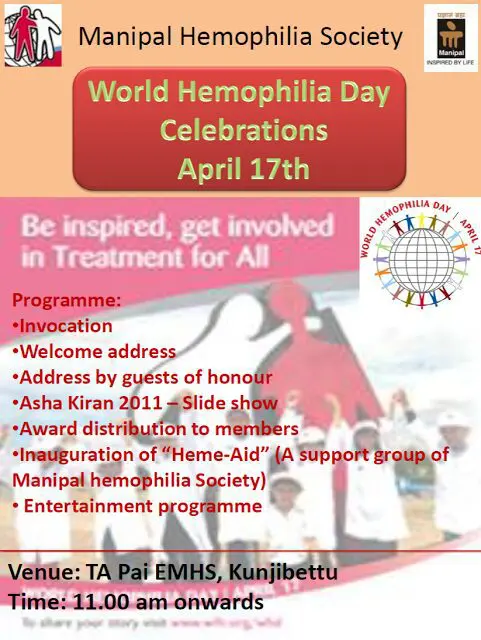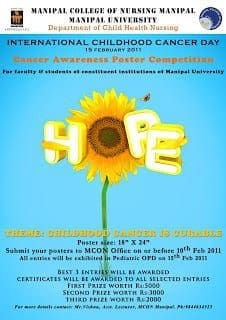
Haemophilia A is a blood clotting disease caused by the absence or severe deficiency of factor VIII, a protein in human blood critical to the clotting process.
Facts About Haemophilia A
|
Haemophilia A – A Genetic Disorder
|
· Haemophilia A is a blood clotting disease caused by the absence or severe deficiency of factor VIII, a protein in human blood critical to the clotting process.
· Haemophilia is primarily an inherited genetic disorder that is carried on the X chromosome and almost exclusively affects males.1 Because males (XY) carry only one X chromosome compared to females (XX) who carry two, males are more likely to have haemophilia and experience the bleeding complications associated with the disorder.[1]
· The two types of haemophilia – A and B – are caused by an absence in the blood of two different, but specific factors.1 Haemophilia A is five times more common than haemophilia B and is caused by a deficiency of factor VIII protein. Haemophilia B is caused by a deficiency of factor IX protein.
|
|
Symptoms & Impact
|
· The main symptom associated with severe haemophilia A is internal bleeding, predominately into muscles and large joint cavities such as the knee, elbow and ankle, as well as the muscles of the upper arm, forearm and upper leg.1 Acute pain is one of the immediate results of untreated internal bleeds.4 If these bleeds are left untreated, they can become life threatening.2
· Severely affected individuals experience spontaneous bleeds on an average of 35 times a year,4 or approximately three times per month. Uncontrolled bleeds can cause progressively painful arthritis, joint disease and loss of muscle mass. Moreover, haemophilia can lead to serious physical, psychological and social handicaps.[2]
|
|
Prevalence & Severity
|
· Approximately 400,000 people around the world have severe or moderate haemophilia A and an estimated 10,000 new babies are born with haemophilia each year worldwide. [3] There are 13,500 people in the UK with inherited bleeding disorders, approximately 6000 of who are haemophiliacs.
· The severity of haemophilia depends upon the quantity and activity level of factor VIII in the blood – usually expressed as a percentage of the average normal clotting activity, which is defined as 100 percent.4 There are three levels of haemophilia A severity – mild, moderate and severe.
|
|
Treatment
|
· The only treatment for people with haemophilia A is the infusion of factor VIII therapy directly into their bloodstream.4 Factor VIII therapy can either prevent bleeds or minimize their effect, allowing people with haemophilia to remain free from short-term pain and long-term disability or complications.4
· Improvements in haemophilia care and treatment worldwide depend on persistence in and support of proper haemophilia care, continued research into possible means of a cure, such as gene therapy, and care expansion into areas of inadequate resources around the globe.
|





Be the first to comment